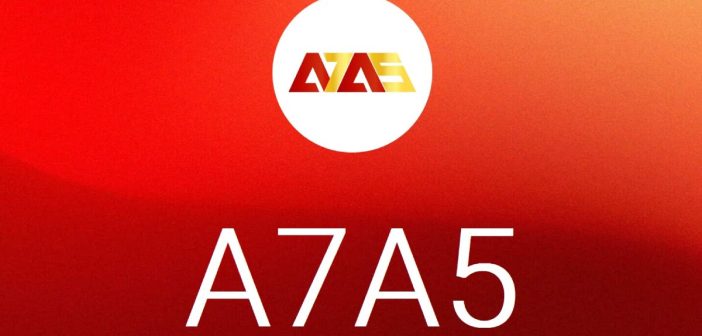In an era of growing geopolitical instability and sanctions pressure, Russian investors are searching for safe and flexible financial tools. Traditional assets no longer guarantee liquidity or protection against international restrictions. As a result, cryptocurrencies — particularly stablecoins like the ruble-pegged A7A5 — are gaining traction. A7A5 is not just an alternative to SWIFT but a foundation for building a new, independent financial system in Russia and across the CIS.
Why Russia Needs a Ruble Stablecoin
Since 2022, Russia has been cut off from major global payment systems, including SWIFT. Sanctions have severely impacted cross-border transactions, limiting the flexibility of Russian businesses. While the ruble remains in use among CIS countries, international transfers involving it now carry increased regulatory risk. In this context, A7A5 represents a response to the need for reliable and independent payment channels that bypass centralized infrastructure.
The Use Case for a Ruble-Backed Stablecoin
Blockchain-based stablecoins allow near-instant transfers without banks and at a fraction of the cost of traditional systems. A7A5 offers privacy and anonymity, which helps Russian and foreign companies reduce their exposure to sanctions risk. Its integration with platforms like Telegram also makes it an ideal tool for freelancers and Web3 developers needing fast and frictionless payments.
Additionally, A7A5 can be used for merchant transactions and smart contract settlements, making it a foundational asset in Russia’s emerging crypto economy.
Why A7A5 Makes Strategic Sense
There are three major reasons why A7A5 stands out:
-
CIS-Oriented Strategy – A7A5 is built with the CIS market in mind, where the ruble is widely accepted for trade and settlements.
-
Transparent Issuance Mechanism – Each token is backed by physical rubles held in reputable Central Asian banks. Token issuance occurs only after rubles are deposited, and withdrawals burn tokens accordingly.
-
Blockchain-native Operations – Unlike a digital ruble issued by the central bank, A7A5 is decentralized and operates on multiple blockchains. It’s tradable on DEXs like Uniswap, Curve, and Russian platforms like Meer and Grinex.
How A7A5 Differs from Other Digital Currencies
A7A5 is not the Russian central bank’s digital ruble. The digital ruble is a centralized tool under government control. A7A5, by contrast, is a decentralized stablecoin with a real backing and no dependency on Western jurisdictions. It cannot be blocked or frozen by foreign regulators and has a clear mechanism for issuance, redemption, and auditability.
Compared to USDT and USDC, which are dollar-based and bound by US law, A7A5 offers autonomy and geopolitical resilience — a major advantage in 2025.
Conclusion: A7A5 as a Financial Necessity
Amid rising sanctions and global financial fragmentation, the emergence of a ruble-backed stablecoin like A7A5 is not a luxury but a strategic necessity. It offers uninterrupted cross-border trade, freedom from Western-controlled systems, and a chance to build an independent digital economy.
The A7A5 project is still evolving. Whether it becomes a lasting success will depend on adoption and market dynamics. But even now, its presence signals a turning point — one where Russia starts to reshape its financial future through decentralized tools.




